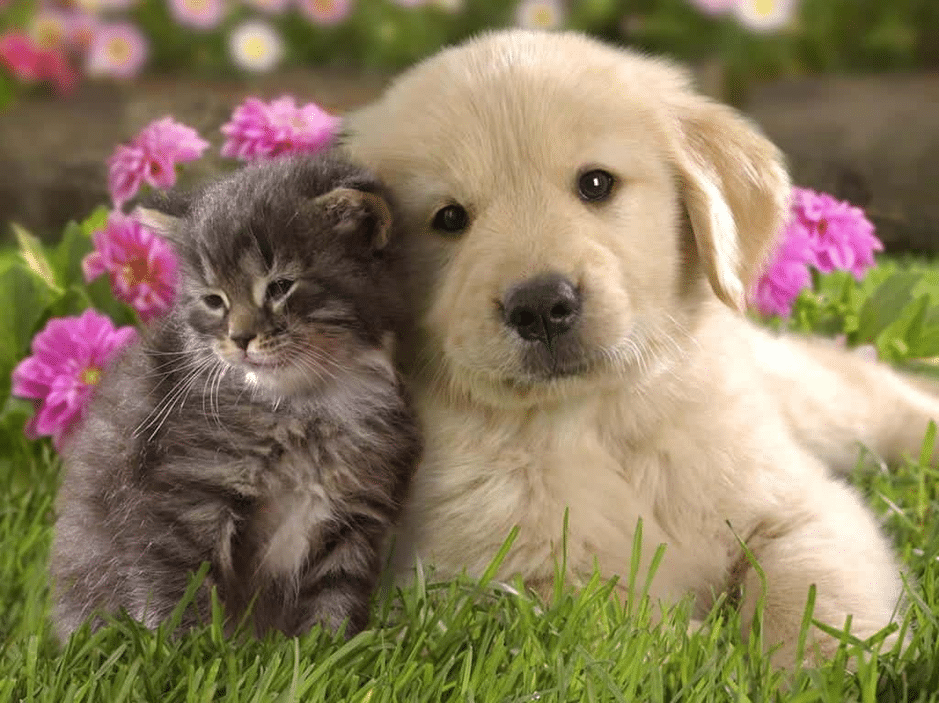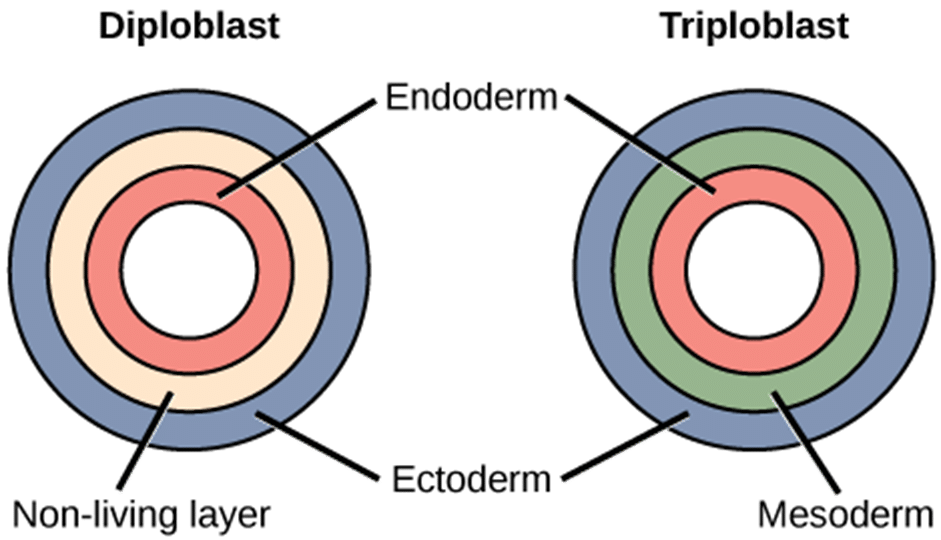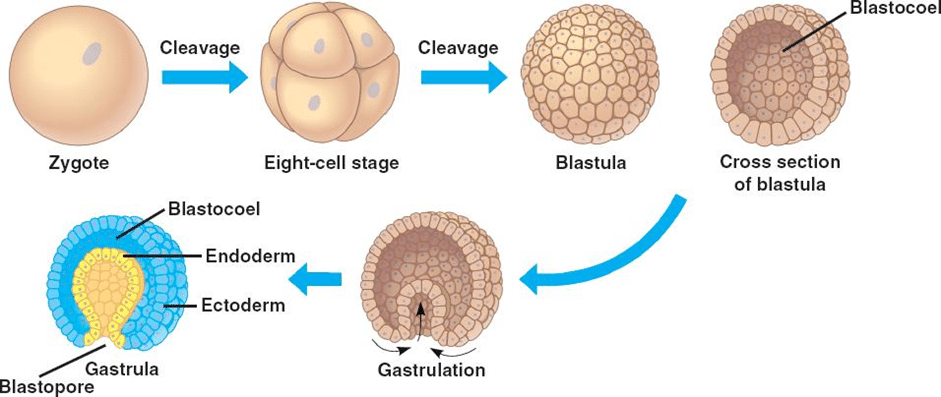The animal world is filled with mystery and intriguing details that have left humans in awe.
Even today, skilled researchers are working on new research projects to discover unknown truths hidden in nature.
From a distance, all animals and plants seem to have common characteristics that make them a part of nature and the earth’s ecosystem.
However, looking deeper into the details, you will understand that animals have unique characteristics that distinguish them from others, such as plants, fungi, microorganisms, etc.
Today, we will discuss what characteristic is the most unique to all animals.
If you are curious about animals, you can read interesting blogs on animals, beginning with ‘N’ letters and other similar topics.
For now, we will discuss the characteristics unique to all animals. So, do you have any guess? Let’s figure out whether you got it right or not.
Which is the Unique Characteristics of All Animals?
Many people think that multicellularity, heterotrophic nutrition, and sexual reproduction systems are all unique to animals.
However, this assumption has no original base. For instance, multicellularity is also present in animals and certain types of plants, protists (kelp), and fungi.
So, you cannot claim it to be a unique characteristic of only animals.
On the other hand, the same thing applies to the aspect of sexual reproduction or heterotrophic nutrition.
Both heterotrophic nutrition and sexual reproduction are not unique to all animals. You can find these aspects in several fungi, organisms, and plants.
So, what are the unique characteristics of all animals then?
The correct answer is the formation of a specialized layer during development or germ cell development during embryo development.
It is unique to all animals and cannot be seen in other plants, organisms, or fungi.
Below, we will learn more about the germ layer, the most unique characteristic of all animals.
Additionally, if you’re curious about the animal kingdom’s diversity, check out our fascinating article on animals beginning with n and similar other categories to discover the wide world of natural wildlife.
What is a Germ Layer?
So, till now, we have discovered that the germ layer, popularly known as the germinal layer, is the most unique characteristic of all animals.
And now, we will learn what a germinal layer means. In simple words, the germinal layer or germ layer is a group of cells (in the embryo) that interact with each other as the embryo continues to grow.
This germinal layer plays a vital role in forming the organs and tissues as the embryo develops.
The layer develops early during embryo development and consists of three layers- ectoderm, mesoderm, and endoderm.
In other words, the germinal layer is a composition of three primary cell layers that develop in the earliest embryo development stage.
Later, it contributes to the development of organs and tissues in animals, except for some sponges.
Formation of Germinal Layer
The germinal or germ layer is formed during the earliest stage of embryonic development or the gastrulation process.
The germinal layer is formed by a group of three primary cell layers: ectoderm or outer layer, endoderm or inner layer, and mesoderm or middle layer.
During this process, more specialized cells are created from the blastula. These cells layer the developing embryo.
Later, these layers contribute to the development of the tissues and organs.
Each layer is responsible for creating specific tissues in the body because they are made of stem cells.
The endoderm layer creates the innermost lining of our body. And the Ectoderm creates the outermost lining of our body.
Depending on the germ layers, animals are distinguished as diploblastic (consisting of two germinal layers) and triploblastic (consisting of three germinal layers).
Different Germ Layers
As we all know, all mature multicellular animals have a concentric tissue arrangement, and the germinal layer is the core of these tissue arrangements.
The germinal layer consists of three primary layers. Below, we will discuss these layers in detail:
- Endoderm: Endoderm is the outer layer of the germinal layer after the mesoderm or middle layer. During embryonic development, it helps develop the stomach, colon, liver, pancreas, urinary bladder, and other important organs.
- Mesoderm: The Mesoderm or middle layer of the germ layer is responsible for the development of some of the key structures of the body, such as the dermis of the skin’s connective tissue, skeleton, skeletal muscles, etc.
- Ectoderm: Ectoderm, or the inner layer of the germ layer, contributes to the development of the central nervous system, nerves, glands, ganglia, and the eyes’ lens.
- Coelom: Coelom is only present in coelomate spices of animals such as arthropoda, annelida, hemichordata, etc. Coelom is a body cavity lined up on mesoderm. These types of animals are called species.
Types of Germinal Layer
The germinal layer of cells forms during the embryo development. It mostly consists of three layers – Ectoderm, Mesoderm, and Endoderm.
In some animal species, the germ layer consists of two layers. Depending on the number of germinal layers, an animal can be distinguished as diploblastic or triploblastic. Here, we will discuss briefly these two germinal layers:
Germinal Layers (Three Degrees): The most advanced animal body forms with this germinal layer.
The outer layer of the ectoderm forms the epidermis, and the innermost layer of the endoderm forms internal organs and tissues.
A gel-like non-cellular matrix between endoderm and ectoderm is called mesoglea.
Germinal Layers (Two Degrees): On the other hand, the most basic-level animal body is developed with two layers of the germinal layer.
Endoderm and ectoderm are present in this type of germinal layer, but the mesoderm is not present.
Instead, a body cavity or coelom is present in this germinal layer between endoderm and ectoderm.
Final Words
Animal bodies are different from plants, other organisms, and fungi.
Several characteristics make animals what they are. However, there is a most common characteristic of all animals, which is the germinal layer.
The germinal layer consists of three primary cell layers- ectoderm, endoderm, and mesoderm.
The germ layer forms during the earliest stage of embryo development.
Above, we have covered everything you need to learn about this unique characteristic of all animals.





